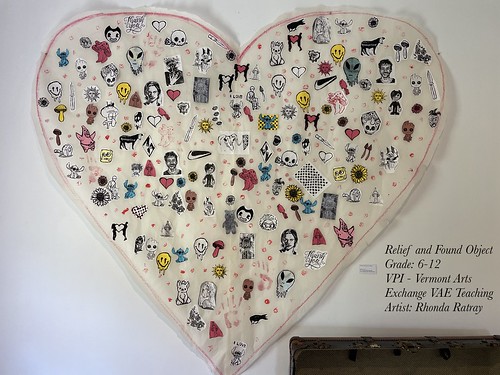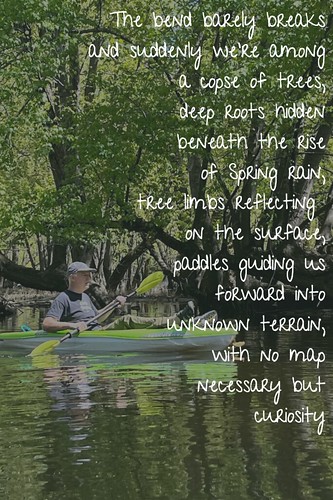We’re bound to see even more integrations of Generative AI (like ChatGPT) in digital platforms, so I am keeping an eye out for ways that AI might be used to tell stories. Tiny Storie came across my screen the other day, as a site that will create “personalized stories for kids” through guiding prompts.
As I understand it, the site is not built for children to use, specifically, but for parents and adults to use to craft stories for their children.
I gave the site a whirl — following the prompts to suggest a story about perseverance with a character who is a centipede named Legs. I liked that the stories, as sort of fairy tales, prompt the participant for suggestions on lessons learned in the story and overarching themes, as well as character, location, etc.
Within a few minutes, I had a pretty decent fable set in a garden with my centipede, along with AI-generated artwork and AI-generated voice narration (with the option available for me to record my voice — I didn’t try that feature out). The writing remains a bit wooden and a bit preachy, as it is using ChatGPT as its underlying AI.
I think you can read my story without logging in. Try THE ADVENTURE OF LEGS THE CENTIPEDE: A JOURNEY THROUGH THE GARDEN
The site is still in beta but I think it has some nice possibilities for personalizing stories. In fact, the Tiny Storie site reminds me a bit of those books you could (still can?) order with a kid’s name in it as the main character, and then when the book was published on demand, the kid is the main character in a printed, physical book. I remember having that done for me by my grandmother when I was a kid, and how incredibly thrilled I was! My wife had the same experience.
Peace (and Stories),
Kevin






